Diary of a Guide…Murals, More Toilets and Tea
This week was full of murals, more toilets, and topped off with a splendid serving of afternoon tea.
Monday
Got a little side-tracked today while I was scouting a walk. Having mapped it out on paper and undertaken some initial research for the walk I’m leading in a few weeks’ time, my intention was to walk the route and finalise the stops I planned to make along the way. Just after setting off up City Road I took in Bunhill Fields, the non-conformist burial ground that houses the graves of John Bunyan (author of Pilgrim’s Progress), Daniel Defoe (famous for writing Robinson Crusoe), and poet and painter, William Blake.
But in amongst the famous are the not so famous; ordinary people who practised forms of religion that meant they could not be buried in consecrated ground, and some of the graves have interesting tales to tell. Especially, Dame Mary Page. The epitaph on her tomb dating from 1728 speaks volumes (or should that be gallons). Dame Mary, the wife of wealthy merchant, died aged 56 but was clearly a stoic woman who suffered greatly as ‘In 67 months she was tapped 66 times … 240 gallons of water drawn without ever repining at her case or ever fearing the operation.’
The now disused cemetery is frequented by many City workers as a place to sit and eat their lunch, and most respect the peace of the graveyard. Apart from a builder who, as I was photographing John Bunyan’s tomb, was relieving himself onto nearby graves! Incensed I ranted at him about the desecration of graves and how would he like it if someone wee’d on his relatives. Think the whole graveyard heard me – as a guide I can definitely project my voice and went into serious ‘outraged’ mode!
After that encounter, I popped into Wesley’s Chapel (www.wesleyschapel.org.uk) opposite for a little calm and, never having been there before, stumbled across an absolute gem.
Built in 1777-78 by John Wesley as the home of Methodism, and designed by the architect, George Dance the Younger, the chapel is full of light with a beautiful gallery running around the interior and just exudes calm. Free to enter, with an interesting museum in the basement, I also took a free guided tour of John Wesley’s house next door and learnt a lot about Wesley himself and the foundations of Methodism.
The man was amazing. He travelled the country on horseback covering somewhere in the region of 250,000 miles during his lifetime and preaching two to three times a day. When at home, he arose every morning at 4.00am to pray in the small prayer room off his bedroom – the rest of the household had a lie in and used to get up at 5.00am!
Now the house is lovely, the chapel beautiful, but best of all though are the toilets! The Gents to be exact (knock before you enter), which still have the original Victorian marble urinals, mahogany cubicles, and Thomas Crapper toilets. I love a good toilet, and Crapper’s are the best (never was a man more aptly named). Contrary to popular belief, he did not invent the flushing toilet. However, he did perfect it and became the leading toilet manufacturer of the day under the slogan ‘a certain flush with every pull!’
The Ladies loos are nowhere near as glamorous.
Wonderfully, Thomas Crapper’s are still around. Today, they have a great website where you can purchase all sorts of Crapper products online (www.thomas-crapper.com), so you can still buy Thomas Crapper toilets, washbasins and who doesn’t need their loo roll?!
Tuesday
This afternoon I took a train to the wilds of Dunstable to give a talk to their U3A History Group on the Great Fire of London. My ‘Follow the Fire’ talk and walk are proving very popular this year, as we commemorate 350 years of the Great Fire in September, and I already have a number of bookings with it hotting up in September – literally!
U3A groups are always a lovely audience, and this group was no exception as we took a virtual walk through the flames of 1666. From the baker’s house in Pudding Lane, we followed the fire as it devastated the City of London destroying everything in its wake – 13,000 houses, 51 livery company halls and 87 churches gone, including the great medieval cathedral of St Paul’s .
Just as I was dramatically talking about the lead roof of St Paul’s Cathedral melting, and flowing down the street like lava from a volcano, I heard…..a snore! As I carried on talking, studiously ignoring the snores coming from the front row, I could see someone out of the corner of my eye nudging the person next to them. Phew – it stopped. Only to start again, as I launched into the blame game that followed the fire (was it the Dutch, the French, the Catholics???). Now I like to think that my talks are quite interesting and entertaining and, in my defence, it was quite warm in the room, but occasionally people do nod off. The nudging started again as I raised my voice over the snores that were now reverberating around the room. People started to giggle, others were turning their heads to find the culprit and I was carrying on regardless with the execution of Robert Hubert, who had confessed to starting the fire (he hadn’t, but he was a convenient scapegoat).
The snores finally ceased, I finished my talk to questions and applause, and the person who had nodded off came up to me afterwards to say how much they’d enjoyed the talk!
Never really thought my voice was that soporific, but I am available for insomniacs and to get babies off to sleep!
Wednesday
Determined to complete my recce of the walk I’d started on Monday, I set off round Shoreditch in the icy drizzle and wind, and discovered more gems – murals to be exact. Shoreditch is very much an area for street art and you see it everywhere.
It’s hard to miss the colourful murals by David Shillinglaw on the walls of Zetland House, which was originally a print works for the Bank of England.
The Museum of London Archaeology (MOLA) hoardings on Curtain Road are easy to spot too. This is where Shakespeare performed in the 1577 Curtain Theatre, and where Romeo and Juliet was first performed. The remains of the theatre have been excavated by MOLA, before a new build goes up, and the website of the Horse and Groom pub next door reveals that the theatre was discovered under their Female toilets. They even have their own Romeo and Juliet mural on their pub wall!
Then on the side of a car park, just as I was seriously feeling the chill and planning to head home to warm up, I found Luke Skywalker and Darth Vader. Love Star Wars, so the sight of the Force battling the Dark Side in tiles for all eternity cheered me up, but the rain was getting worse so I took a quick phot and headed to the tube – hope Luke won!
Thursday
Today I finally managed to use the gift voucher I’d been given when I left the Museum of London (thank you to the host team) at the end of last year to become a fully self-employed guide, and headed to The Wolseley on Piccadilly for a spot of afternoon tea.
The old WolseIey car showroom from 1921 is now a luxurious restaurant, so afternoon tea was taken in the sumptuous surroundings of Eastern lacquerwork, marble flooring and impeccable service.
The Wolseley Car Company went bust in 1926 and the building then became an incredibly luxurious branch of Barclays Bank. Weirdly, I had spent time there in the 1990s when I worked for Barclays and had installed their new automated tills on the counter that was where the serving counters are today.
Tea was very genteel. Served in a beautiful silver teapot, with a silver tea strainer. The cake stand was filled with finger sandwiches (no crusts), warm fruit scones and dainty cakes and pastries. Absolutely delicious and it felt like I was back in the glamorous 1920s.
There’s something very decadent about taking afternoon tea, but John Wesley would probably not agree with me, as he hated tea and thought the drink ‘an abomination’!

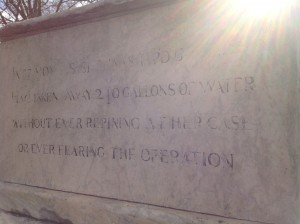
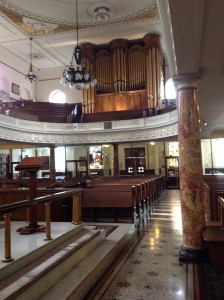
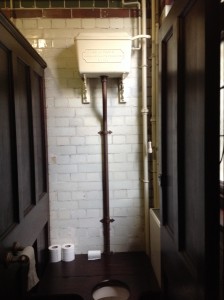
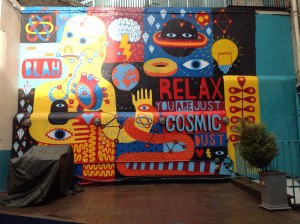
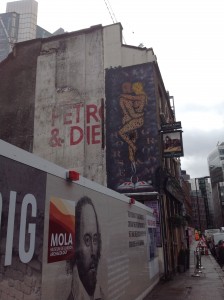

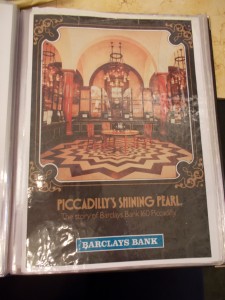
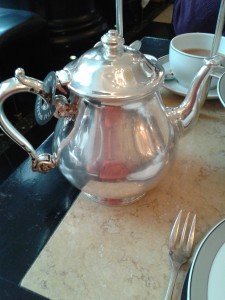

Leave a Reply
You must be logged in to post a comment.